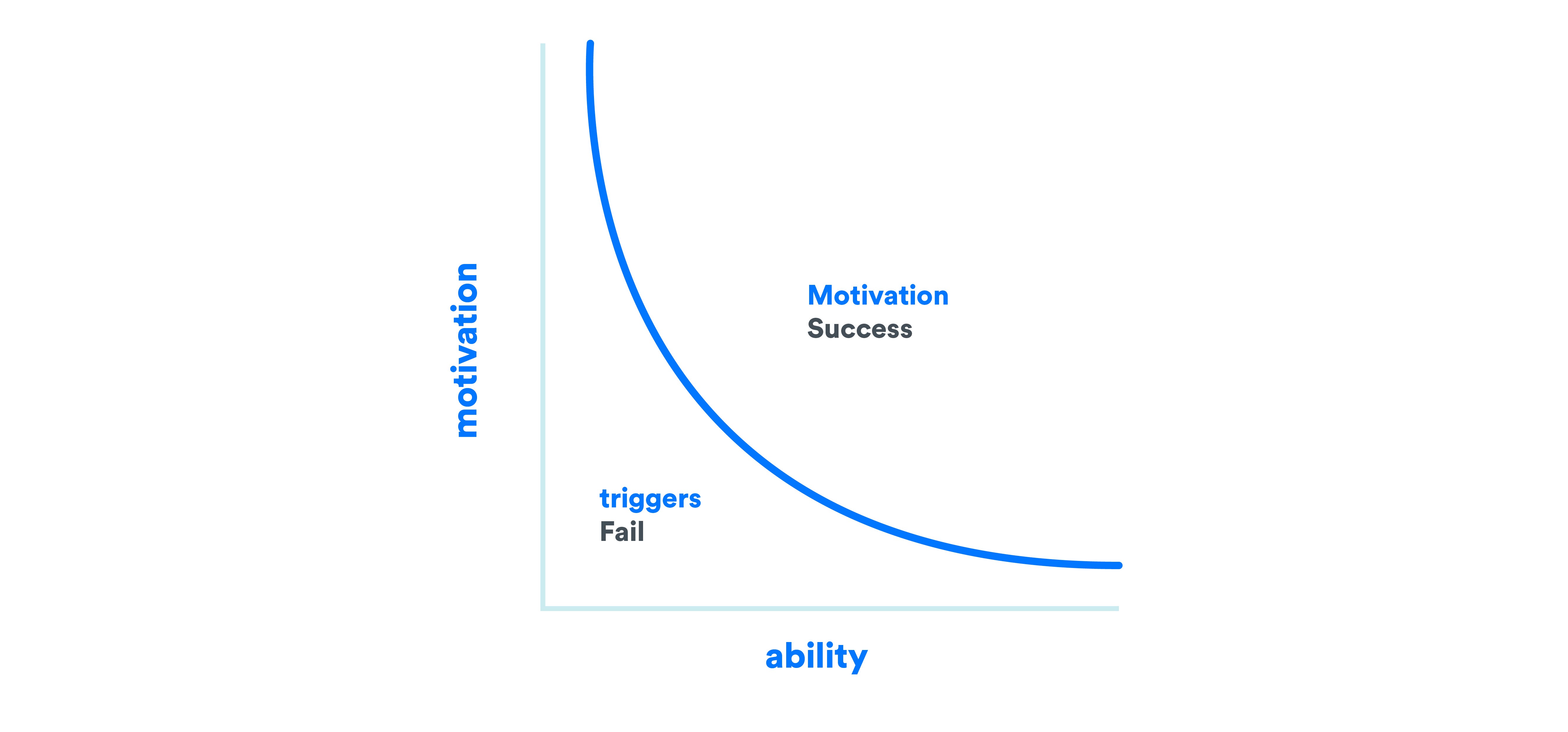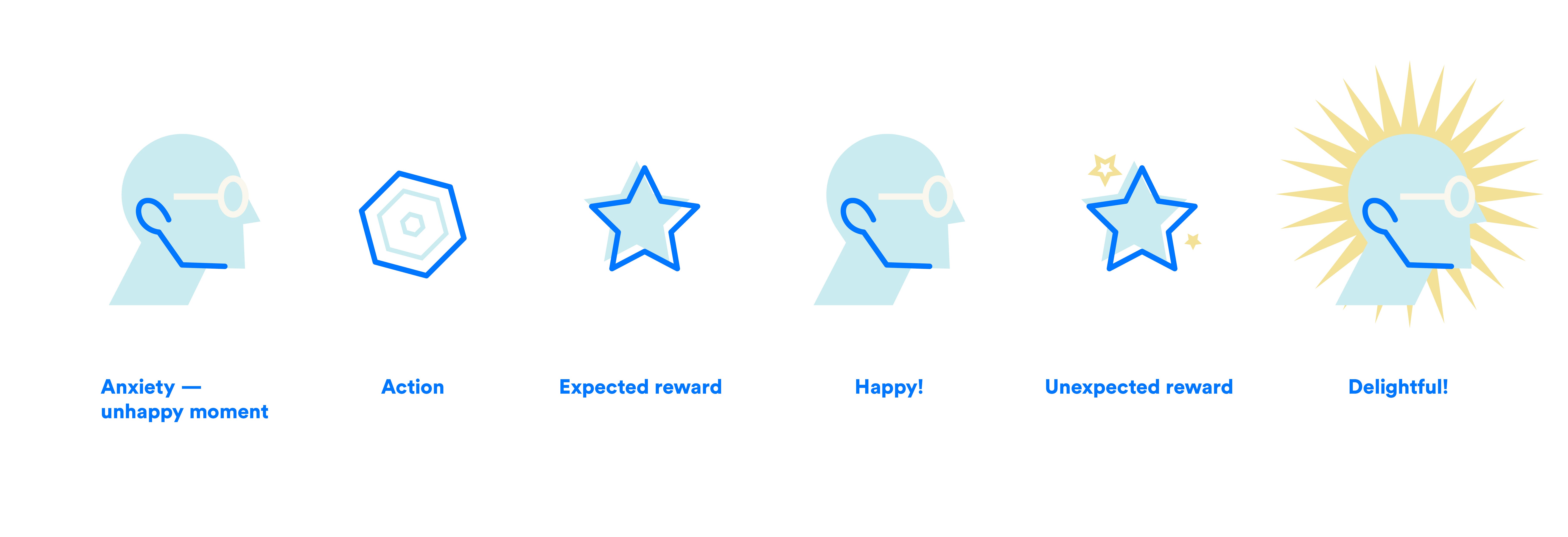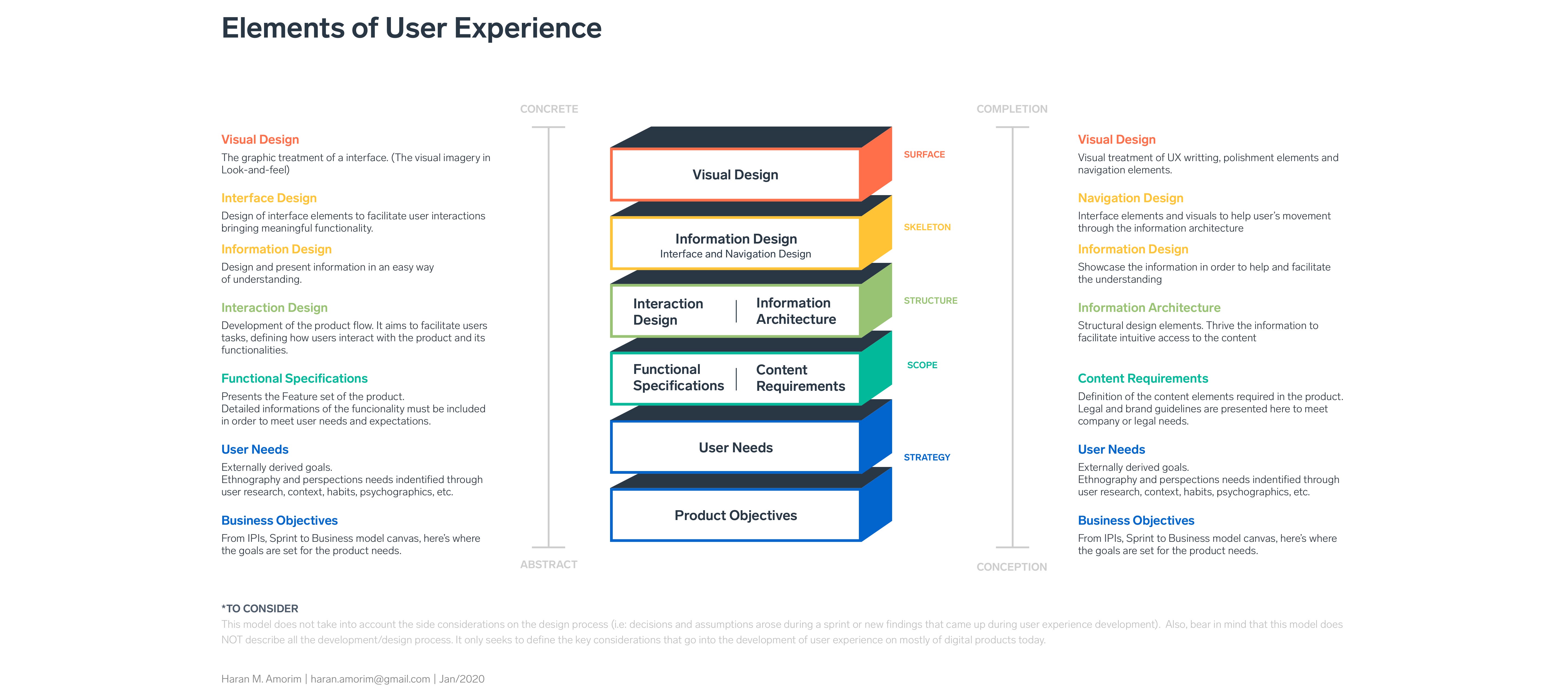Editor’s Note: This article is based on experiences faced on my daily work in order to create a customer engagement approach and giving a meaningful and delightful experience through some design projects I’ve been working on as a Digital Product Designer.
Driving users’ attention, creating memorable designs, and — more importantly, — influencing user habits and behaviors is something that all the creative fields will agree can be one of the most challenging and difficult things to archiving when creating a meaningful digital product.
Marketers often highlight the importance of engaging customers accurately and how to engage them through similar situation user stories where they feel represented, but what does it exactly means for digital products when creating a new solution or feature?
I would say that everything starts from how the engagement happens, what is required to bring attention and desire to users that are more than used to have more of the same apps on their daily lives.
Changing or creating a new user behavior requires getting users to take actions that they don’t usually take. It requires to break or significant change their habits to create new ones or on the other hand creating an experience that can become part of their routine, rather than constraints.
People don’t like forced changes
People don’t appreciate changes, they like consistency and tend to remain things just like they are probably because is easy and less painful. Why changing my habits in a product if I can find one that fits my routine and my lifestyle?
The director of research and design at Stanford University, BJ Fogg has a model of showcasing three elements required for any effective behavior change: motivation, triggers, and ability.

The Broadway actress Eva Le Gallienne once said:
“People hate what they don’t understand and try to destroy it. Only try to keep yourself clear and don’t allow that destructive force to spoil something that to you is simple, natural, and beautiful. “
That doesn’t mean that people hate changes, they hate what is not clear, what is complicated and not useful for their lives, and here we have a huge path of how a designer can deliver users a delightful and meaningful experience.
Delivering a meaningful experience to your users
In our daily life, we face repetitive and exhausting routines/patterns. It can be presented on as you prepare your breakfast as well what you think of some bad design app, you’ll drop it on the first 2 minutes of trying it.
This kind of situation arises a need of an opportunity to create and deliver a delightful experience for a product or service. A particular point in the overall customer journey when users are in an emotionally vulnerable position.
In the best-sales book The Power of Habits, Charles Duhigg explains the process of creating a meaningful experience through human habits. It’s curious to see how people face problems in daily situations differently when there’s a reward at the end.

Considering the Delightful flow above, it’s clear that after passing through a tricky moment, people are quite often used to get a reward at the end, otherwise, people will quit and get frustrated if there’s no reward or a meaningful experience after all.
In terms of UX, here we have a huge opportunity to deliver a unique experience that users won’t ever forget, it can be presented on some post-sales, micro-interactions, microcopies or just a simple and personal message. Users may also forget any frustration during the process if in the end, they receive an unexpected reward or experience.
Furthermore, it might create a product to be habit-forming. Habits, as mentioned on The Power of Habits, are part of our humanity and creating a new and engaging new experience can be useful for users and with so for business.
- Create higher and fidelity customer lifetime value;
- Offer greater pricing availability;
- Increase growth and referrals;
- Increase loyalty
How to boost the UX on your digital product in a meaningful way
The wording ‘meaningful experience’ has been often used within the digital industry, it has been also mentioned concerning usability and digital delight. Creating delightful UX in the user journey requires designing an experience that generates positive emotions at multiple points along that journey.
Jesse Garret has designed in 2000 one of what we know nowadays the main core of elements of good User experience.

Using either topic creates delight combined with the right value on the digital product can boost the UX of the digital product and giving some sense of a more human-designed interface. One tool that is quite mentioned when designing digital products is the Micro-interactions. These short and small interactions are an often-overlooked part of UX design. And yet it’s a fantastic way to create delight among customers. Creating unexpected but still useful micro-interactions boost your digital product to another level.
Another topic that can be added when creating meaningful experiences, is the emotion presented on the design. During a design process, emotion needs to be addressed in a careful and systematic path, rather than as an afterthought. There are three essential steps that present one way to be successful when capturing emotions and working with it into a proposition of “delight”:
1. Identify unique moments:
A complete analysis of the user journey can show a few points when the user is at an emotionally vulnerable point. They could be frustrated, anxious, elated, or feeling in control. Those feelings need to be deeply understood so the design can propose the experience in a positive and unforgettable way.
2. Present responses to the emotions at the right time and place:
Users will never forget an experience where they felt represented.
• Intuitive: Visual language, appearance, branding voice, and tone
• Behavioural: How it behaves, responders and works.
• Contemplative: How it is seemed, interpreted and understood.
3. Present a true meaning as an outcome:
Design for a meaning or a cause rather than with meaning or context. Meaning is stronger than emotions plus transcends memorable values.

Providing delight in a Customer Journey requires understanding multiple dimensions of the context and scenario in designing an experience that generates positive emotions at different points. Early interactions of product design may not create delight in the way designers hope for, but through user testing and feedback, creating that delight is an achievable goal.
Designs that connect bridges with users into an emotional way are worth the resources involving it. It creates higher engagement and can cause new consumer behavior or habit.
All it takes is a process of awareness and commitment on the part of the design team and to make the user feel part and involved in the product or service.
WRITTEN BY Haran Moraes de Amorim


No comments.